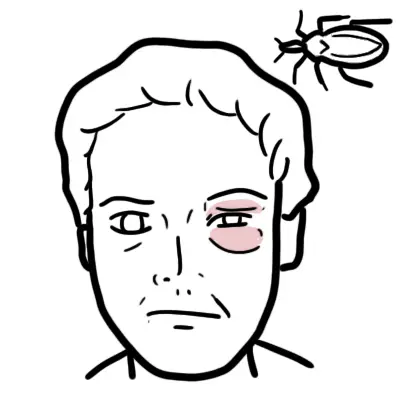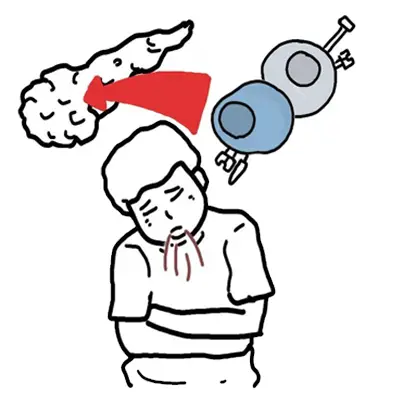| Definitions STI: Infections that can be spread during sexual contact, some infections like herpes and warts can also be transmitted by skin to skin contact Contraception: Deliberate use of artificial methods or other techniques to prevent pregnancy as a consequence of sexual intercourse. Methods include barrier methods, contraceptive pill and intrauterine devices. Only the barrier method can prevent STIs Sex Protection: Safe sex is having sexual contact while protecting yourself and your sexual partner against sexually transmissible infections (STIs) and unplanned pregnancy. Vaginal swab: First-line investigation for suspicion of STI. You can perform high vaginal swab, low vaginal swab or swab from the cervix itself. Nucleic acid amplification test: Nucleic acid amplification is a valuable molecular tool not only in basic research but also in application oriented fields, such as clinical medicine development, infectious diseases diagnosis, gene cloning and industrial quality control. Polymerase chain reaction (PCR) was the first nucleic acid amplification method developed and until now has been the method of choice. PCR: Polymerase chain reaction (PCR) was the first nucleic acid amplification method developed. Pap smear: Quick and simple test used to check for changes to the cells of the cervix that may lead to cervical cancer. |
Introduction Sexually transmitted infections (STI) are a significant public health worldwide. STI can result in chronic disease, pregnancy complications, infertility, and even death. Globally, congenital syphilis is still a leading cause of stillbirth and neonatal death. Antibiotic-resistant Neisseria gonorrhoeae continues to be a significant public health concern. Chlamydia trachomatis infection is the most frequently reported sexually transmitted infectious disease in the United States and continues to be an important risk factor for pelvic inflammatory disease (PID), ectopic pregnancies, urethritis, cervicitis, chronic pelvic pain, and infertility. Treatment of STDs should also include treatment of patients' partners. Overall, patients, especially the younger population, should be screened regularly and counselled to ensure early diagnosis and treatment. Contraception does not prevent STI, protection such as condoms do.
| Remember Premenarche female with signs of STD - sexual abuse? |
| Notifiable STI in Australia |
| Chlamydia |
| Donovanosis |
| Gonorrhoea |
| Syphilis |
| Hepatitis |
| HIV |
Clinical Presentation
- Ulcers, rash, itch around genitals
- Intermenstrual bleeding or post-coital bleeding
- Low abdominal pain
- Dyspareunia
- Dysuria
- Discharge - different, non-physiological
| Characteristic of common cause of vaginal discharge | |||
| Appearence | Smell | Itch | |
| Physiological | Clear/white, mucoid | - | - |
| Foreign body | Grey or bloody, purulent | Offensive | - |
| Malignancy | Bloody, watery | Offensive | - |
| Bacterial Vaginosis | Grey, watery | Offensive | Itchy |
| Trichomonas | Green, frothy | Offensive | - |
| Candidasis | Curd like (cheesy) | - | Itchy |
| Gonococcal | Green, watery | - | - |
| Risk Factors |
| Unprotected intercourse without male or female condom use |
| Unprotected mouth-to-genital contact |
| Early sexual activity, especially before age 18 |
| Having multiple sex partners |
| Having a high-risk partner (one who has multiple sex partners or other risk factors) |
| Having anal sex or a partner who does |
| Alcohol and Illicit Drug use |
| Exchange of sex (sex work) for drugs or money |
Approach
- History
- Sexual History and partners over the past 12months
- Past STI
- Assess Risk factors
- Examination
- Investigation
- Swab (should be done at presentation)
| Remember It is important to note notifiable sexually transmitted infections and also CONTACT TRACING! |
| Side note Although initial treatment of simple infection may be appropriate without culture, symptomatology can be variable and the gold standard should be a positive culture and sensitivity, especially with persistent or recurrent symptoms |












